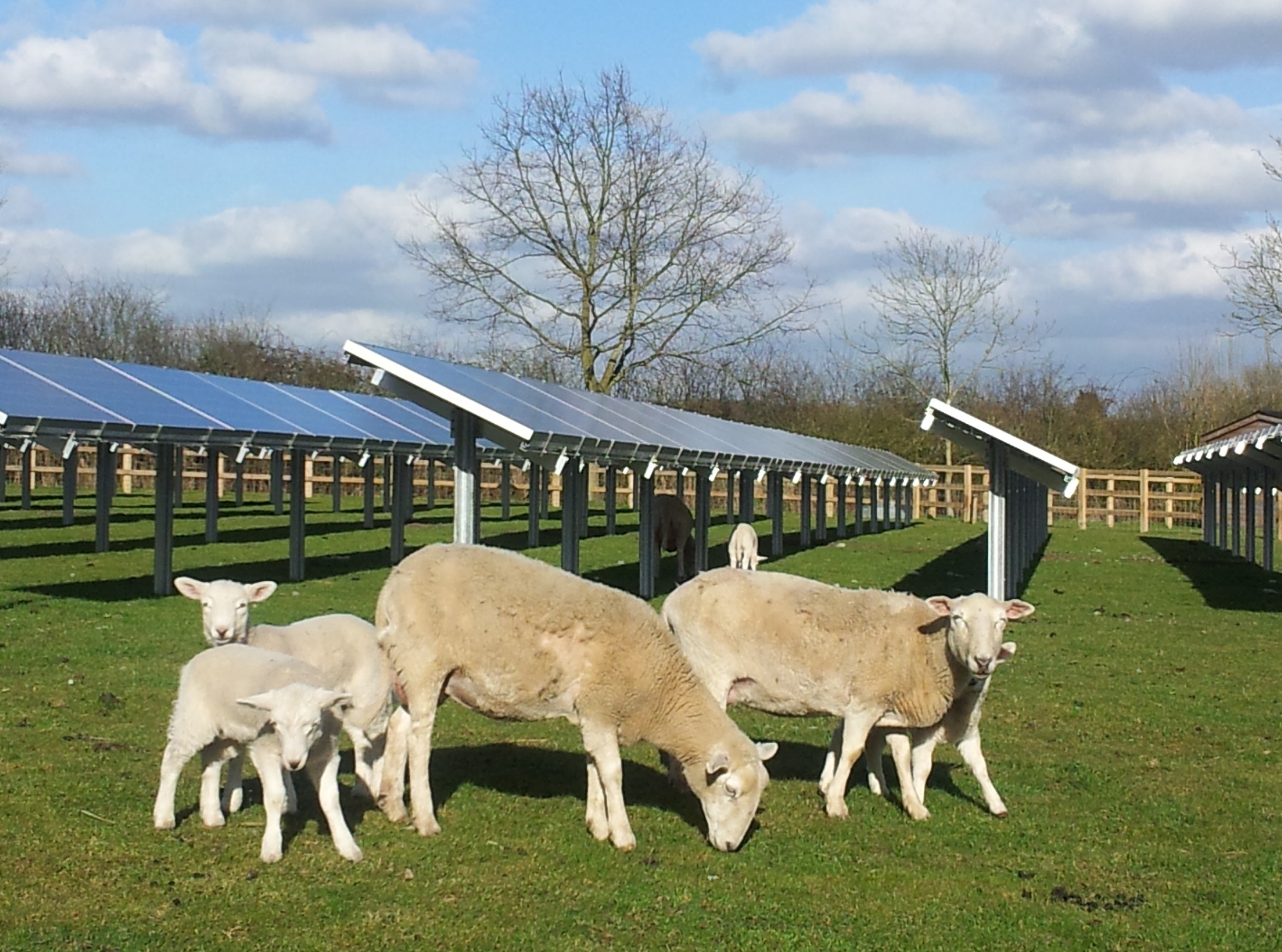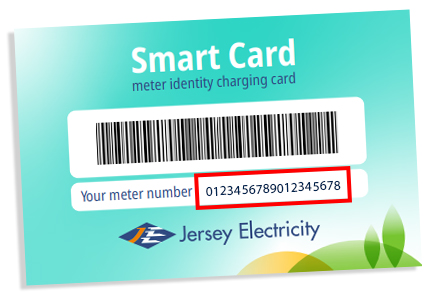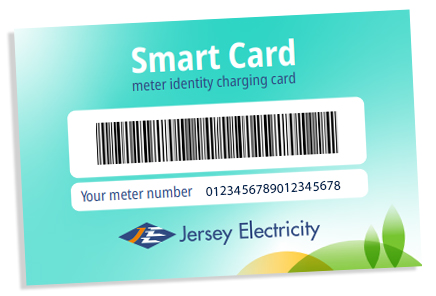JE has so far focused on bringing roof-based solar on to the grid with installations such as those at La Collette Power Station, the Queen’s Road Solar Hub, Woodside Farm and the largest solar array in the Channel Islands at Jersey Dairy. These currently generate a combined one million kWhs (units) a year. Three further roof arrays are currently in the latter stages of development including one on the roof of the Albert Bartlett potato processing plant in St Helier which is set to produce a further half a million kWhs a year.
Recent advances in solar panel technology, however, mean that higher energy outputs can now be generated using significantly less land than previously, improving the viability of ground-mounted solar.
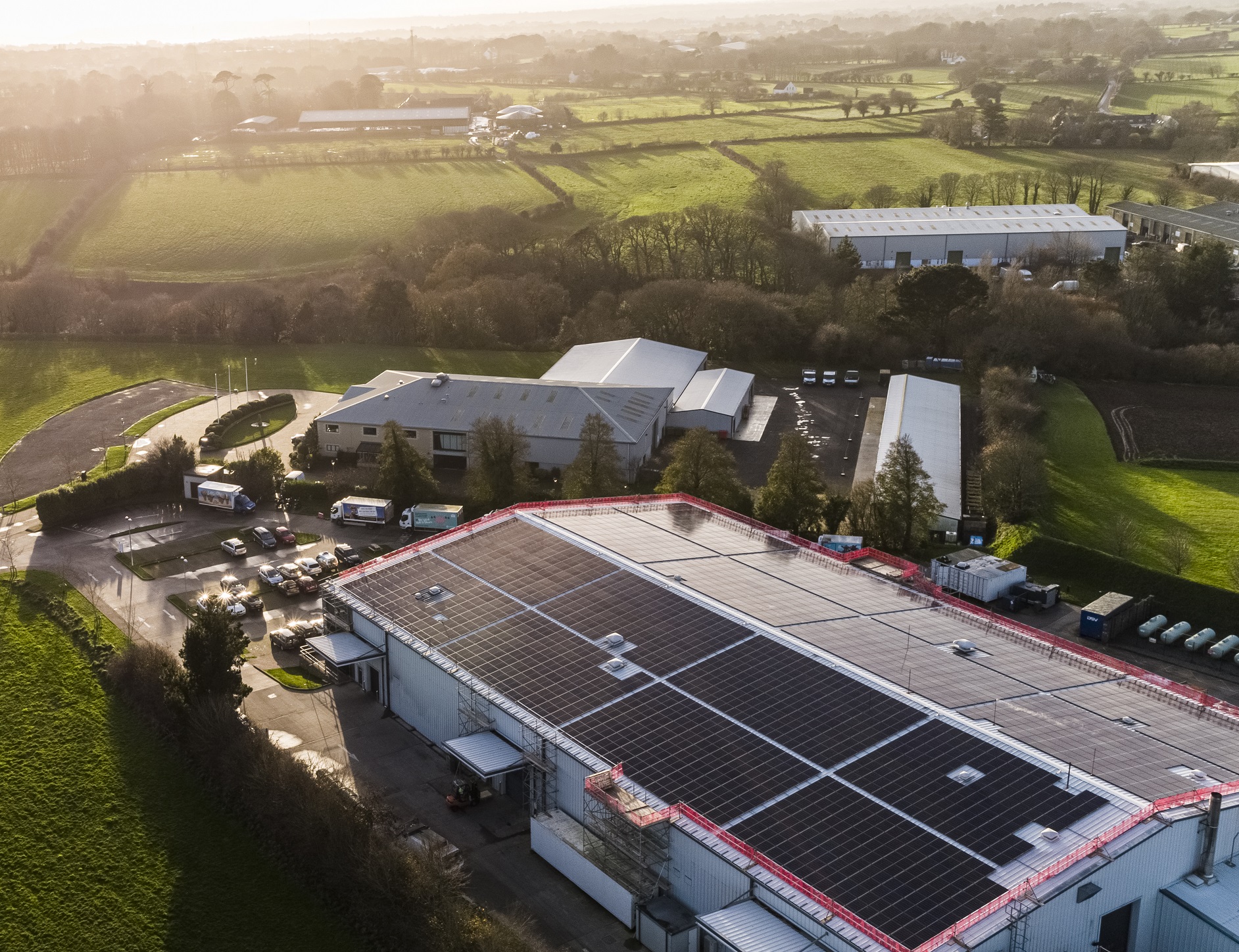
JE CEO Chris Ambler says: ‘We understand Islanders’ desire to be more energy independent by increasing local renewable electricity generation and this is recognised in both the Island Plan and Carbon Neutral Roadmap. Recent world events have also highlighted how rapidly threats to energy supplies can escalate and with it, volatility of wholesale energy prices.
‘We believe the improvement in solar PV technology and the reduction in cost means that ground-mounted solar PV could play an increasing and valuable role as part of Jersey’s energy mix and sovereignty, with a series of community ground-mounted solar arrays based next to carefully chosen grid connection points. Although small by international standards, these arrays could bring on-Island generation from solar PV up to 10MWp within a few years. That equates to 11million kWhs for the whole community to enjoy via the grid and enough to power more than 1,500 Jersey homes.’
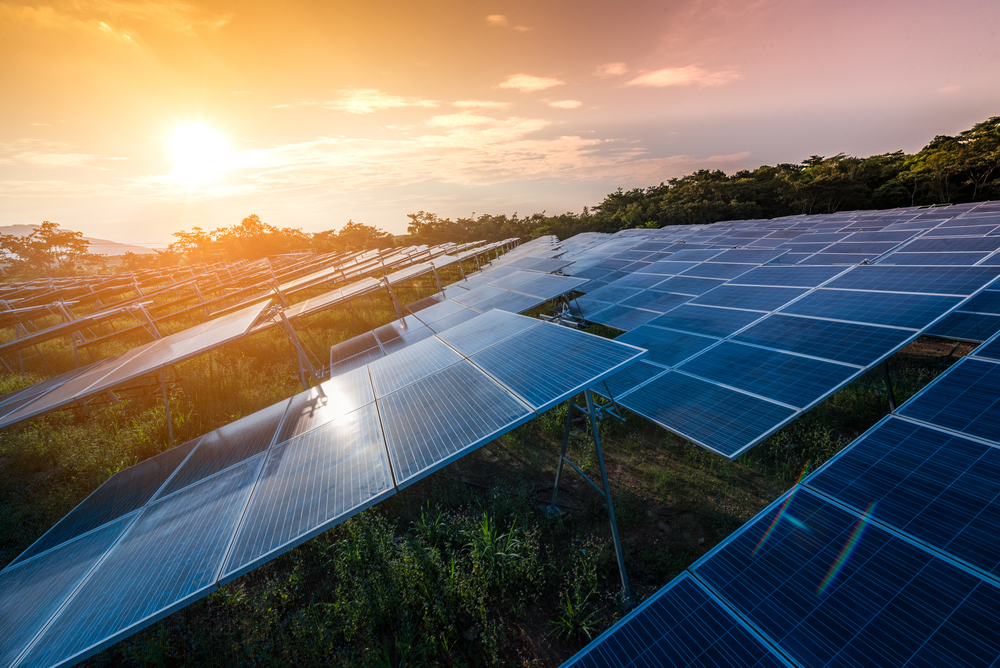
Working closely with local partners, JE has evaluated over 50 potential sites and narrowed those down to an initial four which meet the strict selection criteria. As well as proximity to a viable grid connection, other factors determining site suitability include visual impact, particularly on heritage or coastal locations, land quality, ecological impact and opportunity for biodiversity gain, access for construction and geophysical conditions.
Importantly, no land should be taken out of agricultural use because ground-based solar can be combined with other farming such as sheep grazing between rows of panels, for example.
Low-intensity agricultural use allows more diverse wildflower meadows and native grasses to grow around the modules, creating important habitats for pollinators, insects, birds and small mammals as well as acting as a significant carbon store.
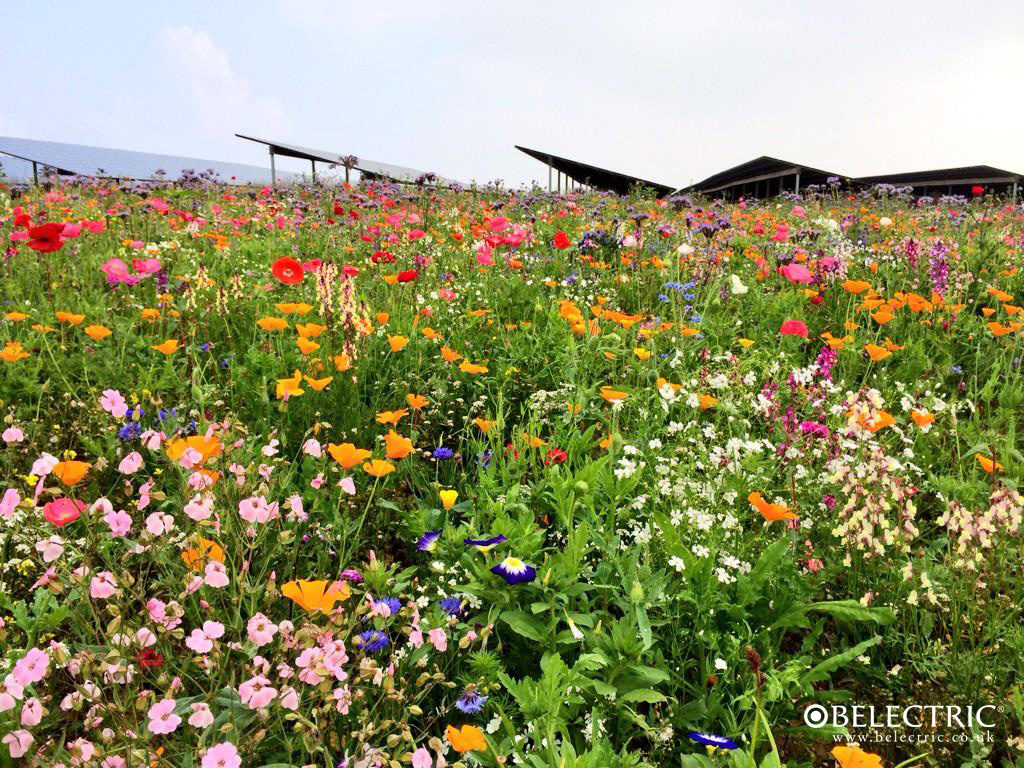
Mr Ambler added: ‘In fact, ground-mounted solar PV is one of the most nature-friendly ways of generating power for the grid, having no noise and a lower visual and environmental impact than other forms of renewable energy generation. It enables not just continued agricultural use, but also helps wildlife and biodiversity. Most of the development site is undisturbed during construction as the mounting structure is fixed directly into the ground and does not require any concrete foundations. Ecological improvements as part of any design will provide a legacy and ultimately the land can be readily returned to open fields at the end of the term of the project.
‘If delivered cost-effectively and in a proportionate way, as we are proposing, local ground-based solar arrays can help support the local economy as they will require local construction and maintenance services as well as enhance diversity and availability of renewable energy sources for the whole community to enjoy via the grid.’
